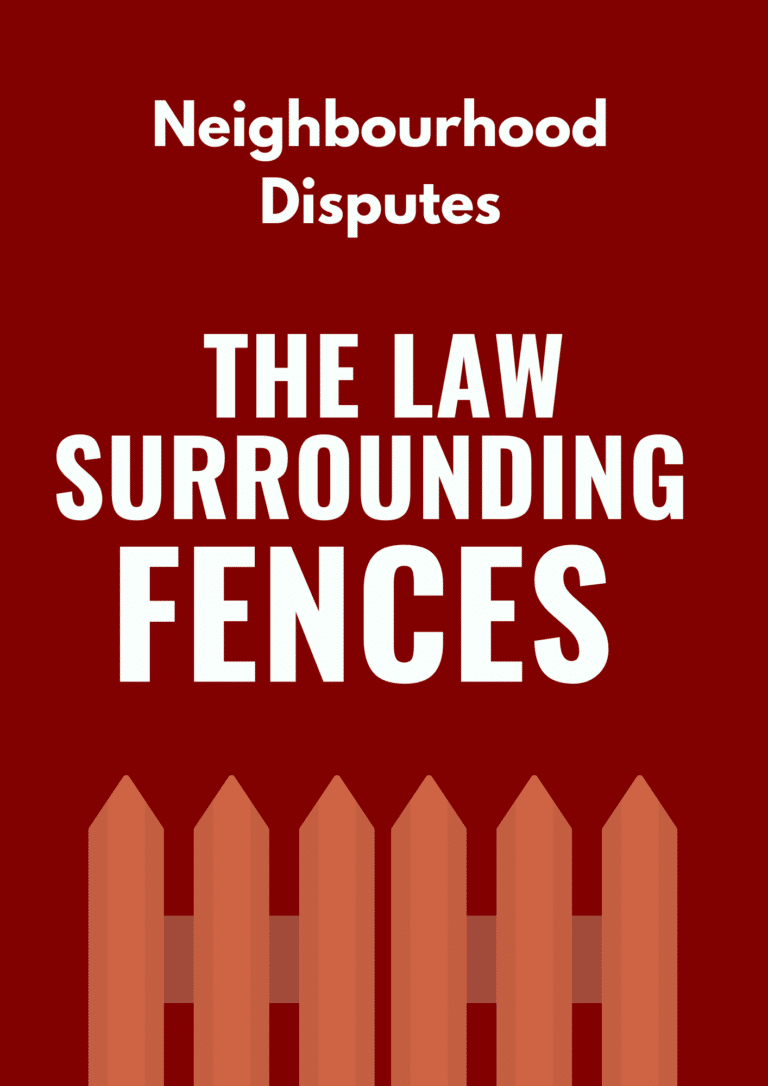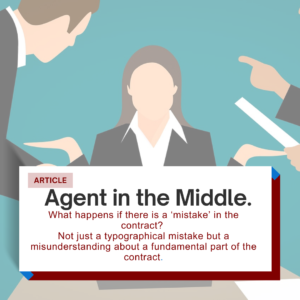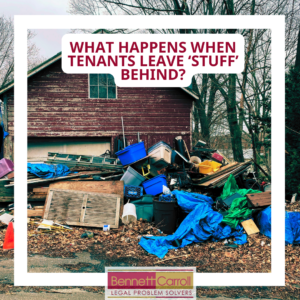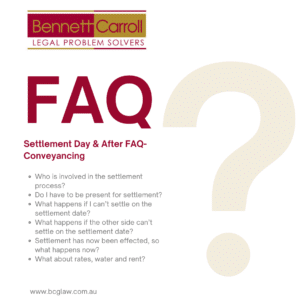What constitutes a fence?
The typical image of a fence is that of timber slatted palings running between two neighbouring properties. This is of course a valid fence but you may not known that an embankment, a line of trees, a gate, a natural or man-made water source are all valid types of fences. Some of these are more common in rural areas on large properties where dividing fences would be excessively expensive to implement hence landowners will use natural landscaping to create boundaries. In urban communities and cities, the types of fences we normally see are dividing fences which are specifically to separate two parcels of land along a common boundary. These fences can be made from wood, metal panels such as colour bond steel, bricks, rendered cement, vegetation such as trees or hedges, or any other material of which a dividing fence is ordinarily constructed. Importantly, retaining walls are not considered fences nor are walls that form part of a house garage or other building. These structures must therefore be built on the landowner’s side of the common boundary and cannot be part of a dividing fence.
To that end, it is important to note that fences are not actually compulsory. If you and your neighbour agree that you do not want a dividing fence then you do not have to build one. For example, if you and your neighbour want vehicle access to the rear of your property and a dividing fence would prohibit this, you can both agree to not create a dividing fence. However, if you have no such requirements then it would be of your benefit to create a dividing fence if one does not already exist purely to see where each property ends.
Who bears the cost of the creation of a dividing fence?
If you decide to build a fence between you and your neighbour’s property, you will need to deliver them a notice to fence. This is a letter informing them about your intention to create a fence, how it will be build, the estimated cost of construction and their contribution (typically 50%). You must supply at least 1 quote to your neighbour regarding the cost of the fence but 2 would be preferred as a matter of curtesy. If your neighbour feels the quote is too much then they can obtain their own quote. Each neighbour is liable to pay for half the cost of the fencing work however where one neighbour wants more work than is necessary to create a sufficient dividing fence, they will pay for the extra cost. For example, if a neighbour wants an extra high fence to stop their dog from getting out, then they will be liable for the extra costs incurred in making it sufficient to their needs, above what is sufficient to yours. Also, neighbours who have constructed a dividing fence on a shared boundary must contribute equally to the maintenance of the fence such as replacing broken palings or reconstructing broken sections of the fence if required.
Resolution to Fencing Disputes
Neighbours who are in dispute over fencing work should always first attempt to resolve issues amicably and with independence. However, if a dispute arises which cannot be solved without intervention, than seeking mediation should be the first instance of alternative dispute resolution. Engaging a mediator is a cost effective and more efficient way to resolve disputes instead of going to court or a tribunal. Mediation also allows both parties to come to an agreement on their own, which often times the most amicable possible solution. However, if mediation fails then QCAT can help resolve neighbourhood fence disputes valued up to and including $25,000.00. QCAT can make legally enforceable decisions on the matter however, parties should see QCAT as a last resort since it is always better to resolve the dispute independently and stay on good terms with your neighbour. For disputes over $25,000.00 parties can apply to the Magistrate’s Court and follow the court process to have their matter heard and decided. Again, this method always the last option but is sometimes necessary.
To discuss a matter involving a neighbourhood dispute- free to contact us today. Bennett Carroll Solicitors have offices located in Brisbane, Gold Coast and the Sunshine Coast but have the capability to work remotely meaning you can be located anywhere in Australia, or even overseas.
One of the most common neighbourhood disputes are dividing fences, retaining walls and overhanging trees. In this article we cover The Law Surrounding Fences
Freecall: 1300 334 566
Email: info@bcglaw.com.au
Website: www.bcglaw.com.au
Basic questions answered:
Do I need a fence?
Who pays for the fence?
Who is responsible for the fence?
Basic rules for dividing fences?
Who pays for a fence Queensland?
Can you force a Neighbour to replace a fence?
Who pays for fences between Neighbours?
Should I pay half for Neighbours fence?
EVERYTHING YOU NEED TO KNOW ABOUT RETAINING WALLS – COMMON DISPUTES
WHAT CAN YOU DO ABOUT OVERHANGING TREES? – COMMON NEIGHBOUR DISPUTES







